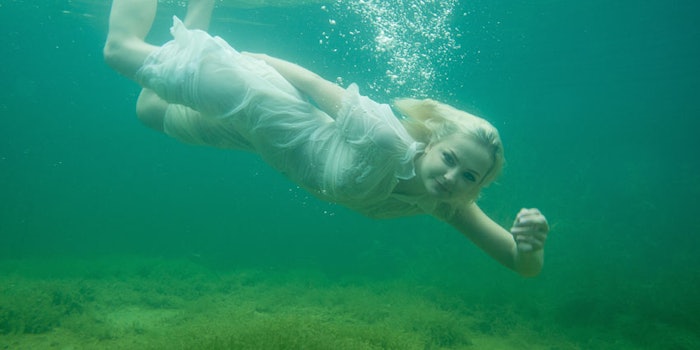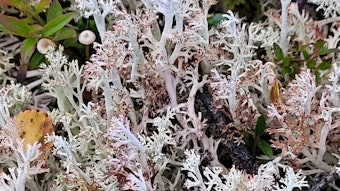
Ingredients derived from the depths of seas can offer adaptogenic, extremophilic and other properties, as the raw materials had evolved the means to survive dynamic and harsh conditions. Ingredient developers focused on translating these benefits to skin care at both in-cosmetics Global and NYSCC Suppliers' Day.
The sea has long been known as a source for these materials, although recent efforts have devised new, more sustainable and optimized approaches to cultivating and harvesting its secrets.
Deep sea extremophile: InspiraSEA (Proposed INCI: Thalassospira Extract), a deep-sea bacteria ferment extract, was presented by Contipro. This extremophile works as a natural protector of the skin's basal lamina by inhibiting enzymes that cause skin degradation, ultimately to improve skin elasticity and reduce wrinkles.
Freshwater algal shield: Rahn AG's Radicare Gold (INCI: Crambe Abyssinica Seed Oil (and) Tetradesmus Obliquus Extract (and) Tocopherol (and) Helianthus Annuus Seed Oil (and) Rosmarinus Officinalis Leaf Extract) is based on the activity of the freshwater algae Tetradesmus obliquus, which according to the company, generates a carotenoid shield to protect itself against UV stress. The ingredient mimics this effect to defend the skin's cells and barrier from free radical damage.
Marine aerosol and skin/body interface: CODIF International announced a two-year expedition to study marine plankton, the largest ecosystem on the planet, to understand how it functions and its impact on climate change. The plankton blossoms will be the focus of the Iodysseus' sailing adventure.
As the company explained, under the influence of air and wind, the plankton and its biome are aerially disseminated in a "marine aerosol" or ocean spray. Under these conditions, the sailboat's crew will collect samples and bio-optically derived data on the living plankton.
According to the company, the challenge of this adventure was the initial draw but the marine aerosol samples collected will enable the company to discover potential similarities between the air-water interface of the ocean and atmosphere, and the interface between our skin and cells. "The difference, therefore is only a matter of scale and biodiversity, and its equilibrium is at stake in both cases, here."
Rejuvenating algal active: Lonza added H2OBioEV (INCI: Water (Aqua) (and) Glycerin (and) Aphanothece Sacrum Polysaccharides (and) Galactoarabinan) to its bioactive portfolio, which revitalizes and moisturizes the skin by replenishing essential humectants. Aphanothece Sacrum algae is featured for its rich ampholytic macromolecular polysaccharide content, which according to the company, absorbs more water than typical polysaccharides. In addition, galactoarabinan sourced sustainably from the larch tree was incorporated to reduce transepidermal water loss (TEWL) and providing lasting hydration.
In relation, the company demonstrated the delivery of this active, along with other skin care ingredients, via the company's new sea plant-based agarose. The algae is harvested off the coast of Portugal, Spain and Morocco and can be used in gel-type delivery applications, such as an under-eye patches.
Glacial clay: Finally, the Canadian Cosmetic Cluster looked to the frozen sea—i.e., glaciers—with its Canadian Glacial Clay ingredient offering from Kibourne Clay. Similar to the Cosmetic Valley, the Canadian Cluster is modeled to connect and network with similar partnerships around the world; in this case, to share the benefits of a unique cosmetically relevant resource. This particular green, colloidal clay exhibits strong absorbent properties to draw impurities and toxins from skin, toning and firming while stimulating circulation.










